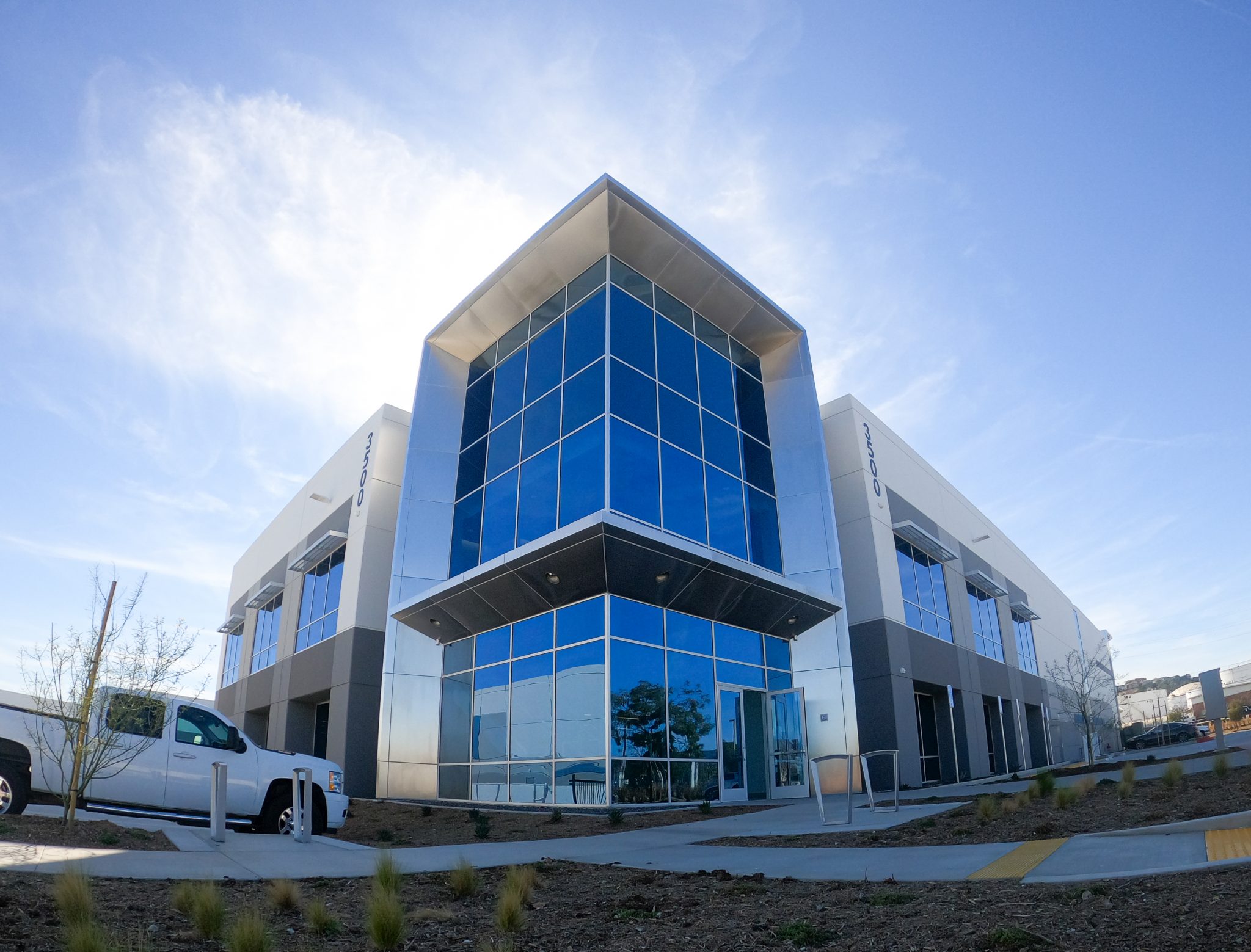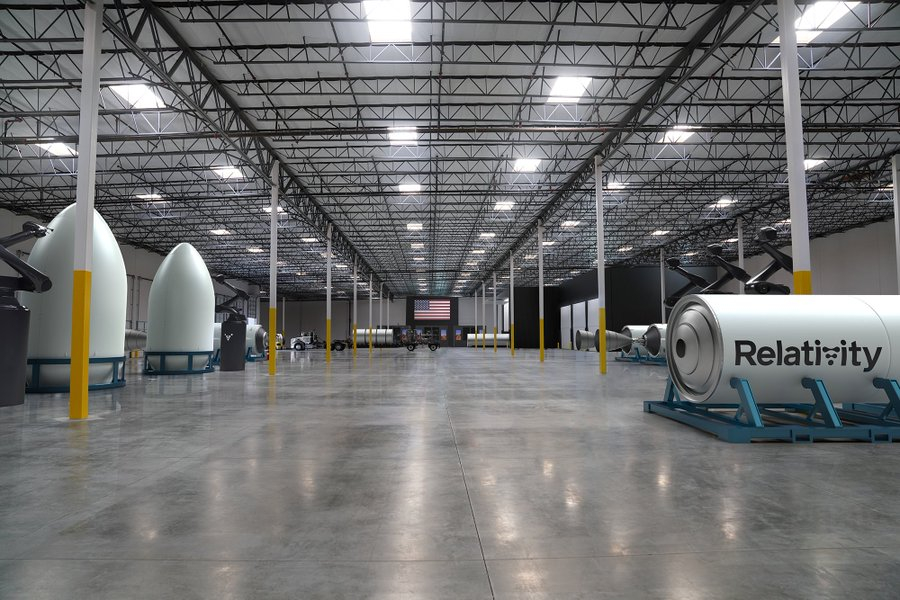US-based Relativity Space has secured its new headquarters in the hub of the aerospace community in Long Beach, California. The facility will be home to both the company’s business operations and its fully automated, metal additive manufacturing production line.
“Long Beach has an extensive history as a leader in aerospace and aviation, and now we are at the forefront of the space economy,” said California Senator Lena Gonzalez. “We are excited to welcome Relativity to our ever-growing community of innovative tech companies.”
By using machine learning, software, robotics, and additive manufacturing, Relativity Space plans to produce Terran 1, the world’s first fully 3D printed rocket.
“Relativity is disrupting nearly sixty years of prior aerospace technology by building a new manufacturing platform using robotics, 3D printing, and AI. With no fixed tooling, Relativity has enabled a massive part count and risk reduction, increased iteration speed and created an entirely new value chain,” said Tim Ellis, CEO and co-founder of Relativity Space. “I’m confident our autonomous factory will become the future technology stack for the entire aerospace industry.”

The autonomous factory and Terran 1
Relativity Space’s new facility will span 120,000 square feet, with a ceiling 36 feet high to facilitate the printing of tall structures. It will be able to house 300 employees, 150 of which are current employees at Relativity Space across the US. The company has already begun transferring staff over to the Long Beach facility along with its patented AM infrastructure.
The floor space will be used to fully build Terran 1, the Aeon engine assembly, the integrated software, avionics, and material development labs. The rocket’s assembly will consist of a 100x lower part count than traditional rockets. The simple supply chain will allow for a full build time from raw materials to flight in less than 60 days.

Relativity Space
The aerospace company wants to show additive manufacturing’s true capabilities in space flight technology. Their vision is to build humanity’s future in space, starting with a fully 3D printed rocket to launch satellites into orbit.
Relativity Space believes the lack of fixed tooling in its production facility will launch them into an industry-leading position to meet the growing demands of the satellite market.
If all goes according to plan, the aerospace company plans to initiate its first launch in 2021.
“The space economy continues its growth in Long Beach with the addition of Relatively,” shared Long Beach Mayor, Dr. Robert Garcia, “3D printing is groundbreaking for new jobs and new technologies in the space sector.”
Also scheduled for launch in 2021 is the Orbex Prime, a LOx rocket 3D printed by SLM Solutions for the British company Orbex.
Ohio-based Fabrisonic has previously embedded 3D printed sensors directly into the fuel piping of a NASA rocket. Elsewhere, Swiss technology group Oerlikon has begun providing metal 3D printed parts for United Launch Alliance, a US rocket launch service provider. The parts will be used to support the fabrication of the Vulcan Centaur rocket. These developments bode well for the future of metal additive manufacturing in aerospace.
The nominations for the 2020 3D Printing Industry Awards are now open. Who do you think should make the shortlists for this year’s show? Have your say now.
Subscribe to the 3D Printing Industry newsletter for the latest news in additive manufacturing. You can also stay connected by following us on Twitter and liking us on Facebook.
Looking for a career in additive manufacturing? Visit 3D Printing Jobs for a selection of roles in the industry.
Featured image shows Relativity Space autonomous facility. Photo via Relativity Space.



